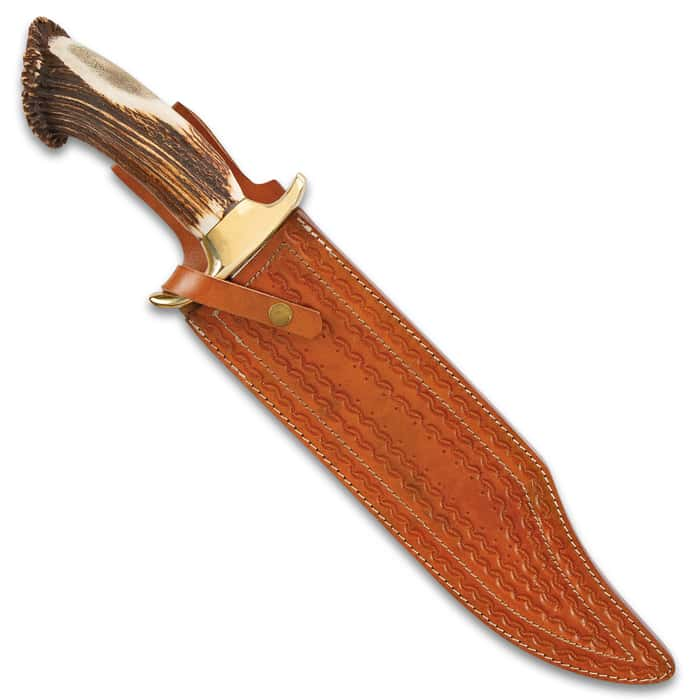

Many baits catch smallmouth from grassy areas. Same goes for bottom transitions along plant edges. Other habitatīoulders, chunk rock, sand patches and timber boost the appeal of weeds for smallmouth. Likewise, a transition from one plant type to another also attracts bass. Isolated patches of vegetation can sometimes concentrate smallmouth better than expansive underwater forests.

Smallmouth like being able to feed, then make a quick getaway to deep water. Near deeper waterįocus on vegetation near or along a drop-off. Seeing baitfish or yellow perch cruising around the greenery is a sign of a good area. Smallmouth are looking for food around weeds. Find pockets of healthy veg, and you’ll find smallmouth. This is important in the fall as plants wilt and die back, beginning in the shallows. Instead, specific ingredients will make one pocket of plants better than another to smallmouth. Not every weed clump or grass line holds smallmouth. These variations are often better than a long, uniform stretch of a weed wall. Outside beds, cups and fingers concentrate smallmouth. They’ll also cruise the vegetation looking for yellow perch, minnows and other snacks. Smallmouth will chase baitfish against weed walls. They’re common around shorelines, flats and islands. These zones are framed by shallow water on at least one side, with a deep drop off on the other. Outside weed edges adjacent to deep water are another area to find smallmouth bass. Windy conditions often stimulate smallmouth activity on large grass covered humps. Here, the usual fishing methods come into play to work the edges or skim a bait over the weed tops. When vegetation’s more abundant on mid-lake structure, smallmouth can be more dispersed.

Accurate casts are key to catching big smallmouth from this specific zone. Giant smallmouth cruise between the boulders and the grass in early morning and on hot, calm sunny days in summer and early fall.
#Crown trick edge adjacent Patch
A 10-foot patch of grass grows in a sand deposit beside a boulder strip. This is the case on one massive, mid-lake hump I fish. A tuft of grass can create a spot-on-the-spot scenario. There doesn’t need to be a lot of plants either. Healthy vegetation makes these spots even better. Reefs, humps and islands surrounded by deep water are common smallmouth hangouts. Vegetation is also another obstacle for forage being chased by hunting bass. Baitfish using grass as cover get disoriented and become more susceptible to prey. When hit with waves, points change from roadways to feeding stations. Patches of grass growing on points often collect smallmouth, like service stations for weary, hungry travelers. They use the structure as a highway from deep to shallow water, and back. Waypoint clumps with GPS so you can accurately cast the area on return visits. Also keep your eyes peeled for plant clusters when fan casting an area. Side-imaging will easily locate clumps on flats. The isolated clumps are like solitary trees offering shade and cover in grassy meadows. Pockets of dense, or different, vegetation will also concentrate smallmouth on flats covered in grass. Sunny, cloudy, calm, windy, rainy – there’s rarely a bad time to fish these plants for bronzebacks. Clumps are smallmouth magnets on barren mud or sand flats. Isolated weed clumpsĬlumps of vegetation, such as cabbage or milfoil, growing in 6 to 16 feet of water appeal to smallmouth on northern lakes. Here are 4 areas to consider when beginning your search. Smallmouth relate to many types of vegetation and structure combinations on northern lakes. The following 3 factors should be considered for catching smallmouths around the salad: If your smallmouth fishing only focuses on rocks and sand, you’re likely bypassing some quality bass relating to grass.


 0 kommentar(er)
0 kommentar(er)
